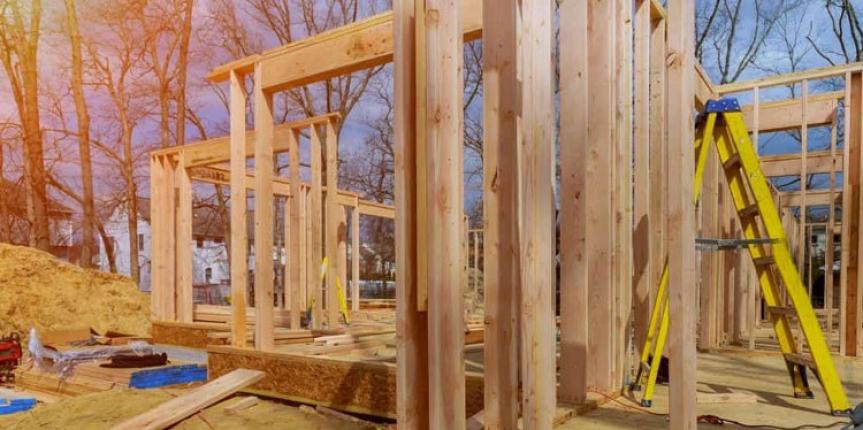
In this article, we will explain the different types of foundations found in construction projects and their uses along with various examples. These types of foundation in Construction is very important. Foundations are firstly divided into two categories, shallow and deep foundations. They are further divided into other categories which will be explained in this article.
What are the types of Foundation in Building Construction?
There are two different types of building Foundations, these are-
1. Shallow Foundation Types
When the depth of the foundation is less than the width of the foundation, then it is called a shallow foundation. Generally, this type of building foundation is placed no more than 6 ft. deep from the lowest finished floor. The other names of shallow foundations are spread footing or open footing.
There are various forms of shallow footings, namely strip footings, individual footings, and raft foundations. In times when the climate is cold, shallow foundations must be protected from freezing. This is because of the water in the soil around the foundation can freeze and expand, which will then lead to the damaging of the foundation.
a). Individual Footing
This building foundation types is the most uncomplicated and common type of footing. Individual foundations are used when columns carry the load of the building. This footing is basically just a rectangular or square pad of concrete on which the column sits.
Also Read: Latest Market Trends of Concrete Block
b). Strip Footing
Strip footing is generally used where the entire building loads are carried or held by entire walls rather than isolated columns. These types of footings are commonly found in load-bearing masonry construction, and act as a long strip that supports the weight of an entire wall.
c). Raft or Mat Foundation
The other name for Raft Foundations is Mat Foundations and is most frequently used when basements are to be constructed. In a raft foundation, the entire basement floor slab acts as the foundation, and the weight of the building is spread evenly over the entire building. The main reason it is called a raft because the building is like a vessel that ‘floats’ in a sea of soil.
2. Deep Foundation
A deep foundation is one in which the depth of foundation is more than the width of the foundation, and hence it is known as a deep foundation. Different types of deep foundations are-
2.1. Pile Foundation
The pile is a type of deep foundation. It is generally made of concrete, timber, or steel. In other words, the pile foundation has depth more than a shallow foundation. This types of foundations is primly used in bridge construction.
There are two fundamental types of pile foundations. They are:
a). End Bearing Piles
In the end, bearing piles, the bottom end of the pile rests on a layer of, especially strong soil or rock. The pile ensures that the load of the entire building is transferred through the pile onto the strong layer. In a sense, the pile acts as a column.
The key principle of end-bearing piles is the bottom end rests on the surface, which is the intersection of a weak and strong layer. The load, therefore, bypasses the weak layer and is safely transferred to the strong layer.
b). Friction Piles
In Friction piles, a different principle is used. Here, the pile transfers the load of the building to the soil across the full height of the pile, by friction. In simple words, the entire surface of the pile, which is cylindrical in shape, works to transfer the forces to the soil.
2.2. Pier (Caisson) Foundation
They are very similar to pile foundation but are installed using a different method. Pier foundation is used, when the soil of adequate bearing strength is found below the surface layers of weak materials such as fill or peat.
These are the different kinds of foundation used for construction project management. Various other kinds are also used however, the above mentioned are more commonly preferred or used.
